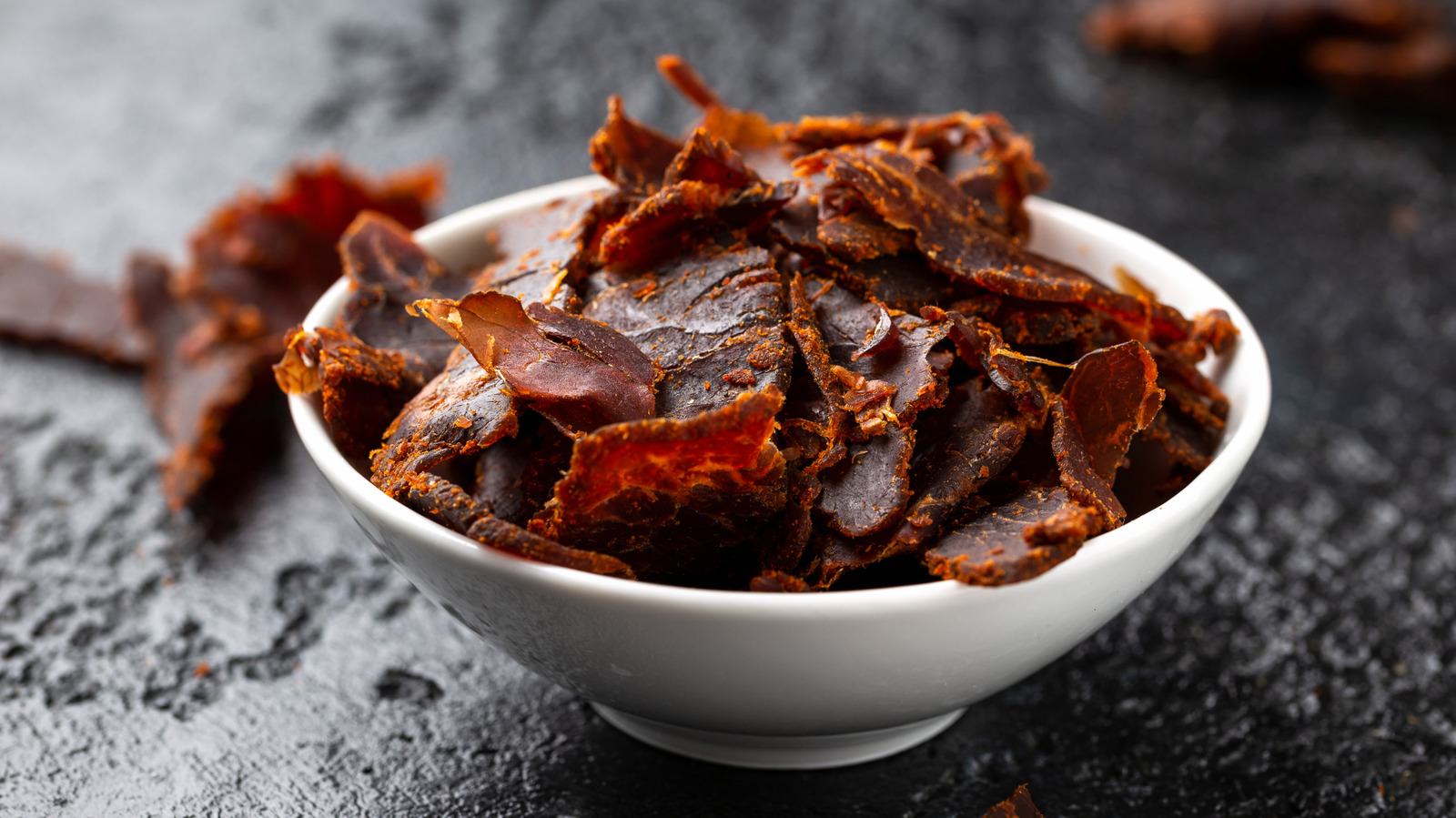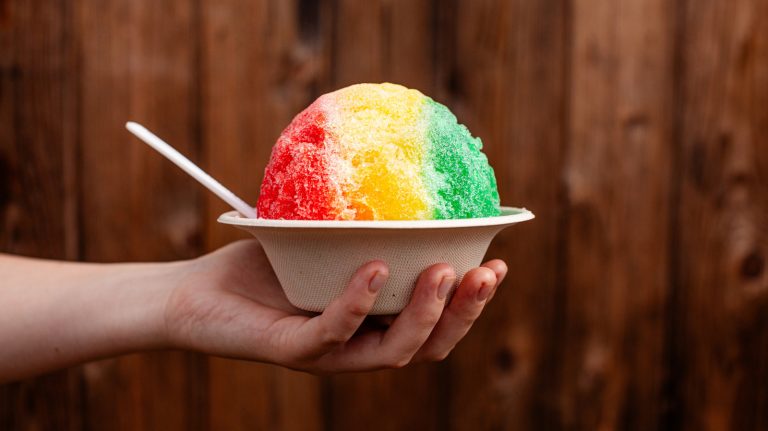Pork jerky’s savory, sweet taste makes it a treat worth returning to time and time again. The juicy meat works extremely well for homemade jerky, but only if you know what kind to get. We spoke to an expert about what makes a good cut of pork for jerky.
Every cut of pork brings its own unique flavor to jerky, but Dylan Clay, Founder of Barbecue FAQ, says there’s one factor to keep in mind when making your pick. “Either pork loin or tenderloin are technically your best choices,” he says. “This is primarily due to fat content.” Due to the lower temperatures involved in making jerky, the fat poses a risk of spoiling quickly. “Unlike grilling or smoking meat, the fat does not render; rather, it will go rancid,” explains Clay. Both pork loin and tenderloin are leaner cuts of meat, making them more likely to stay fresh.
Pork loin and tenderloin may still have a small amount of fat or tissue on the exterior, which shouldn’t be hard to get rid of. “The fat cap needs to be removed from pork loin and the silverskin needs to be removed from tenderloin,” Clay recommends. When buying pork for jerky, he says to stay away from cuts with fat in harder to reach places, like fat found between the muscles, on the belly, under the skin, and inside the muscle tissue.
Do you always have to remove fat when making pork jerky?
While it’s logical to get rid of fat for homemade jerky, Clay believes it all comes down to why you’re making the snack. For something that will keep far past the two weeks mark, extra fat may get in the way of that. However, for jerky that will be eaten within a week or two, “fat is less problematic because rancidity is less of an issue,” he explains.
Leaving fat on the pork won’t help out the lifespan of your jerky, but Clay says that it has other benefits. “After this fat has been ‘cooked’ or ‘dehydrated’ and it’s warm, it’s honestly a treat and it tastes great,” he admits. While the fat does elevate the taste of pork jerky, he emphasizes the importance of finding a cut with little marbling so your homemade jerky lasts longer.
Thanks to the sweet flavor and low cost, pork tenderloin is one of Clay’s favorite picks for making jerky. There are multiple cuts you can choose from, but along with avoiding the fattiest ones like bacon and pork shoulder, he says to not use cuts with gristle or bones. “Gristle is tough, rubbery, and won’t render, either,” he explains. The unpleasant bites will remain on the jerky, ruining the tender, chewy treat with a fibrous texture.






